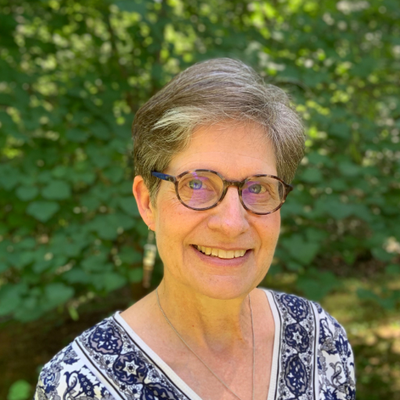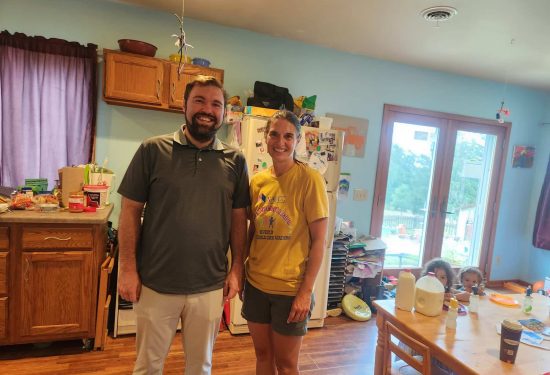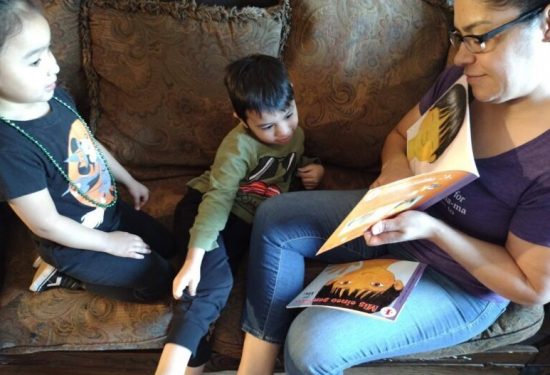For nine years Francisca Gunawardena rented a house where she lived with her family and ran her family child care business. Then, last summer, she finally achieved her dream job and dream home in the same stroke of a pen. She spent her savings to purchase the house from her landlord, remodeled the kitchen and bathrooms to accommodate her family child care serving 17 children with three staff members, and figured out how to pay the nearly $6,000 mortgage payment from her earnings.
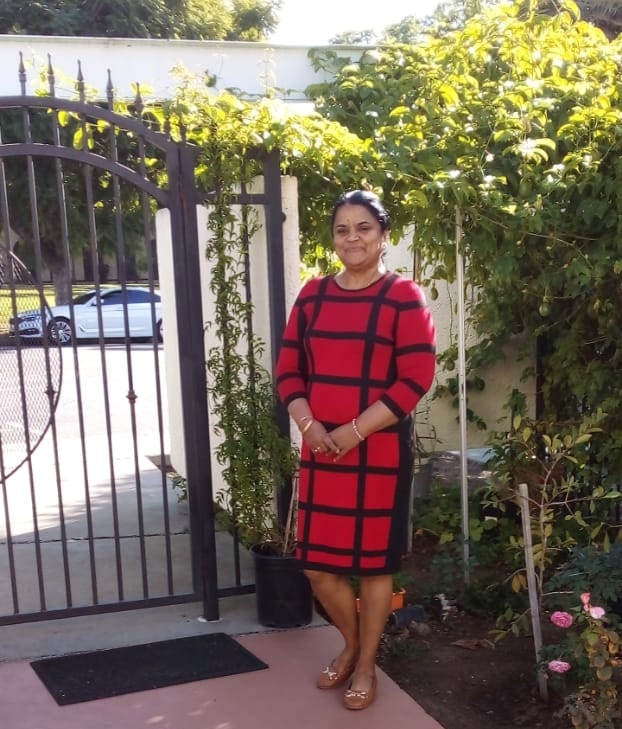
Six months later, the house, both of her cars, and her dream job went up in flames. The wildfires that ravaged her Altadena neighborhood in January 2025 also brought a heavy load of grief and uncertainty. “Now, I just don’t know what I’ll do. I just live with this fear all the time. I’m 55 years old. I thought I would at least be able to pay off my house before I retire. But now I’m caught in a vicious cycle … with no work and no home. I don’t know if I can even go out for coffee. I don’t want to use my credit cards. I have to buy a car. I still have to pay the mortgage. I got a small business loan in 2020 during COVID, and now that is coming due with interest. And I have to find a place to rent for my business, so that I can earn money again to pay for all the rebuilding.”
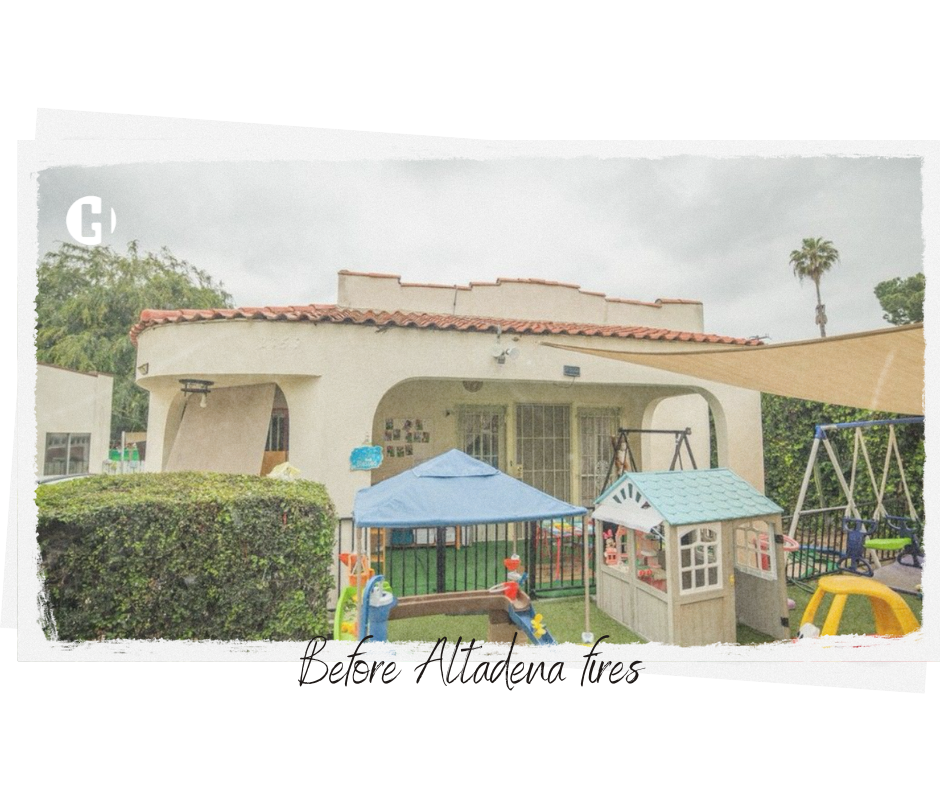
According to Child Care Providers United-SEIU Local 99, the union Gunawardena belongs to, more than 50 licensed family child care homes, serving hundreds of families, closed at least temporarily after the fire. Many have not reopened. For family child care providers, whose businesses and only source of income are in their homes, an already severe housing crisis has transformed into a nightmare of red tape, bureaucracy, and desperation.
On the night of Jan. 7 when Gunawardena received the evacuation order, she “just grabbed [her] handbag and left. The fires were very far away on the other side of the ridge. I didn’t think they could get to my house.” Ever since, Gunawardena and her two 20-something sons have been living with friends or, now, in a hotel room paid for by FEMA. “We’re in Riverside now, which is cheaper, but I need to be back in Pasadena because that’s where the families I serve live. I’m looking for a space I can rent, but places large enough for a child care business are $7,000 a month. I’m talking to a church about using their space, but I would also need to renovate it and buy all new materials. I think it would cost me $200,000 to reopen.”
Landlords are hesitant to rent to fire victims because of their financial insecurity. “They want information from my employer to show my monthly income,” she says. Despite her past success running a business, when she explains that she is a self-employed child care provider whose business and home went up in flames, many landlords balk at the prospect of renting to someone whose financial future is so unsettled.
To make things worse, the compensation Gunawardena has received from various disaster relief agencies is paltry as compared to the cost of reopening. “I applied for a small business loan,” she says. “They finally called me this morning—three months I’ve been waiting—and I’m getting $26,000. How can I reopen with that? We got $1,200 from the Red Cross for housing. Places are giving out water bottles and used clothing and shelf-ready food. I don’t even have a room to put those things!”
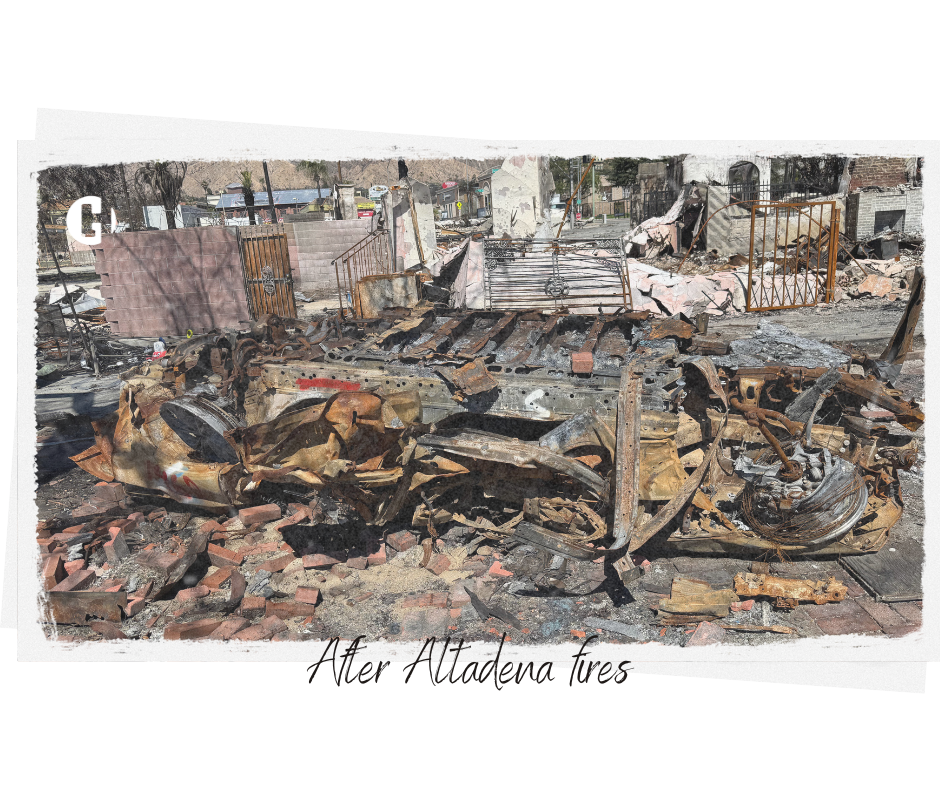
Compensation is available for fire victims, but it often takes a long time to get the cash in hand. Gunawardena is grateful for the $500 in emergency funds she received in January from Home Grown’s Home-based Child Care Emergency Fund for Severe Weather and National Disaster Response, and will likely receive more during the second phase of the program. Her house was covered by her homeowners insurance, but she’s still waiting for mortgage company endorsement and other paperwork from the bank. “We will get money to rebuild,” she says. “But all the steps, all the trips to the bank are exhausting.” So far only the phase one debris removal of hazardous materials has been done. She dreams of rebuilding, but the reality of that is hard to grasp.
“I applied for unemployment, but I haven’t gotten a penny yet. It’s a big mess. I can’t work because I don’t have a space. I can’t earn money, so I can’t pay for a space. And it’s going to take years to rebuild my house once I do get the insurance check. In the meantime, parents are calling me saying, ‘When are you opening? The grandparents can’t keep doing this forever.’ Soon they will have to look for another child care because they have to go back to work. I miss those kids. I miss my job. I love teaching children, but it looks like recovery is going to take a really, really long time, and it’s going to be hard.”

